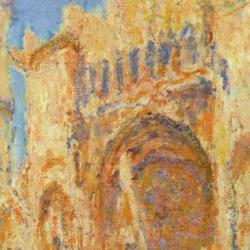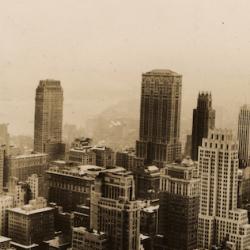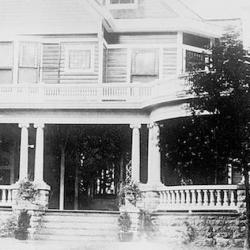In his Aesthetics of Architecture, Roger Scruton summarizes RG Collingwood’s distinction between art and craft. It has a surface plausibility: “Initially it seems quite reasonable to distinguish the attitude of the craftsman—who aims at a certain result and does what he can to achieve it—from that of the artist, who knows what he is doing, as it were, only when it is done.”
Scruton rightly argues that architecture “casts doubt on that distinction,” since on Collingwood’s definition architecture must be a craft: “The utility of a building is not an accidental property; it defines the architect’s endeavour. To maintain this sharp distinction between art and craft is simply to ignore the reality of architecture—not because architecture is a mixture of art and craft . . . but because architecture represents an almost indescribable synthesis of the two.” In assessing a building, “it is impossible to understand the element of art and the element of craft independently, and in the light of this difficulty the two concepts seem suddenly to possess a formlessness that their application to the ‘fine’ arts serves generally to obscure” (6).
Collingwood’s definition also puts pressure in the direction of expressionism: “For Collingwood ‘expression’ was the primary aim of art because there could be no craft of expression. . . . expression is not so much a matter of finding the symbol for a subjective feeling, as of coming to know, through the act of expression, just what a feeling is.” Thus, expression can’t be an activity oriented to a pre-set end, and “if art is expression, it cannot be craft” (7).
All this shows that architecture fits ill within Collingwood’s theory of fine arts. It’s too functional to be art, too artsy to be craft. And it suggests too that the aesthetics of expressionism and “art for art’s sake” are already implicit in the distinction between art and craft.















